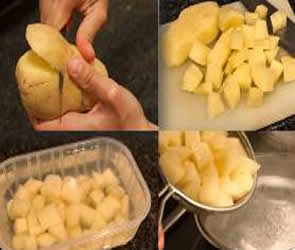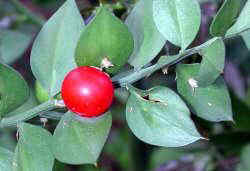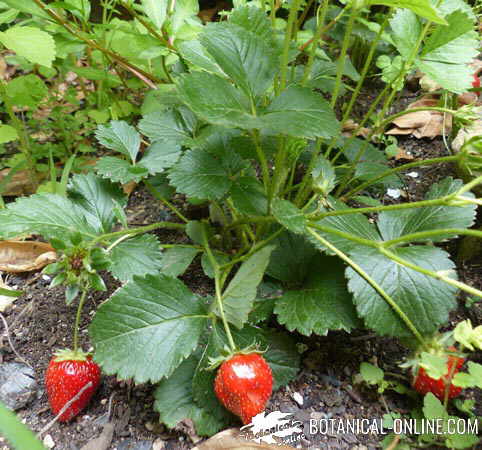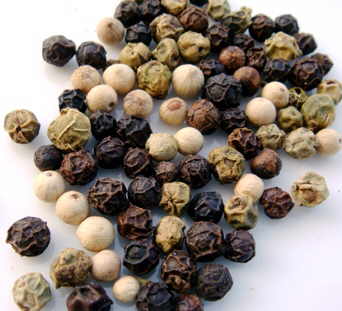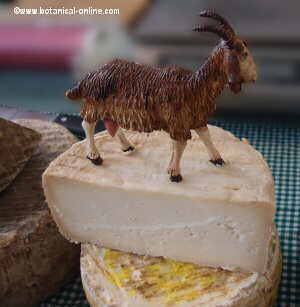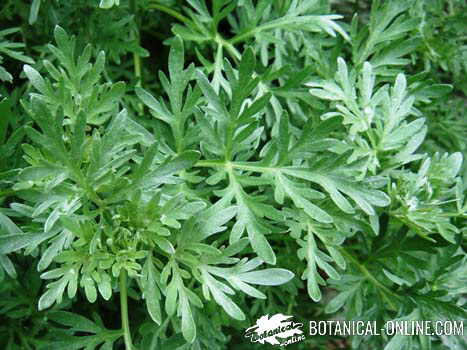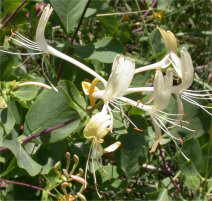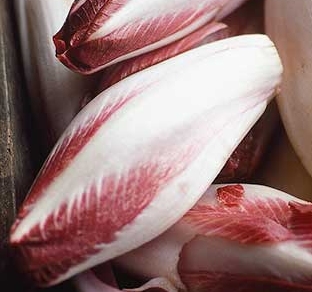Contents
How to grow cassava
Tapioca cultivation
 Characteristics of the cassava plant
Characteristics of the cassava plant
Cassava is a perennial shrub between 1 and 3 meters high. Its palmate-lobed leaves can have up to 9 lobes and are somewhat reminiscent of those of the castor bean. What stands out the most about the plant are its huge tuberous roots, like those of dahlias or sweet potatoes. These can reach up to 1.2 meters in length and up to 23 cm in diameter. From these roots, which are very rich in starch, a flour is obtained that is the main ingredient in the production of many dishes and beverages.
Cassava or tapioca. Irrigation and humidity.
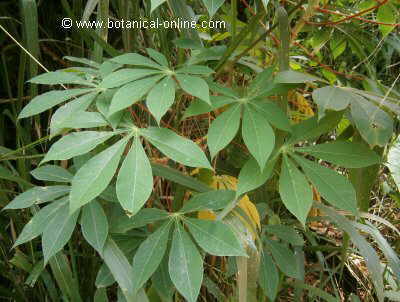
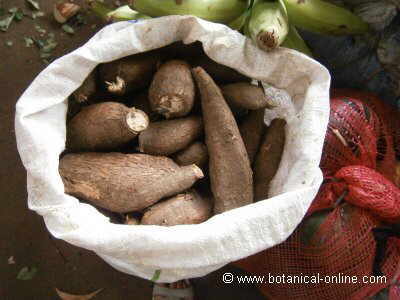 |
Cassava is a product that comes from tropical and subtropical climates, therefore it is a plant that needs water to be able to develop and produce good roots. The ideal location would be one that corresponds to a savanna area, although it withstands well the abundant rains of the tropics, up to 2500 liters per year, as long as the land is not flooded or that these abundant rains occur at the time of planting. Cassava does not tolerate stagnation that causes fungus growth and rot. A well-drained field is the most suitable.
Although it needs water, it can cope well with 500 liters of annual rainfall and is able to withstand the dry seasons, for which it loses its leaves, which dry and fall and then recover them again when the rain returns. In times of drought, its metabolism decreases and it can take up to a year to bear fruit.
Yuca plants have developed a series of strategies to cope with the lack of water. Thus, for example, studies have been carried out that have shown how cassava leaves close their stomata in low humidity conditions, which allows the plant to save water and be able to withstand times of drought. It has also been seen how the roots of this plant are capable of sinking up to two meters deep where they can take the remaining water.
For maximum production, the ideal rainfall conditions would be between 1000 and 1500 liters of rain, well distributed throughout the entire cycle. One of the most delicate times is the first month after planting the cuttings. The soil must maintain a constant humidity so that these can take root for at least 30 days.
 Cassava or tapioca. Temperature and exposure
Cassava or tapioca. Temperature and exposure
The ideal temperature is between 25 and 30ºC. It does not support frost and stops growing below 18ºC. Temperatures above 30ºC decrease production. As it is a tropical plant, it needs a minimum period of 250 days of warm weather to be productive. The best climate for its cultivation is one that is warm and humid.
Cassava grows well in different light conditions. It can live well under the shade of coffee, coconut, or palm bushes, as is grown in many parts of the Caribbean. You can do it alone or between other plantations such as corn, rice, yams, melons, etc. In many parts of Africa this plant is used in small family plantations in combination with some other crop.
 Cassava or tapioca. Terrain types
Cassava or tapioca. Terrain types
Although cassava can grow in practically all types of soil, it prefers deep, well-drained and loamy soils, that is, those formed by a mixture of clay, sand and humus. However, with proper soil treatment, it can be planted well in sandy or clay soils.
In sandy or loamy soils with good drainage, it should be planted on flat soil, while in clay soils, which retain water, it should be planted on the upper part of the furrow, once the land has been tilled and furrowed.
Cassava or tapioca. Planting time. Planting, care and harvesting method
Cassava is usually planted between the months of March and November in tropical climates and between April and August in savanna climates.
Cassava is planted using cuttings. In most producing countries there are departments of the Ministries of Agriculture that have cuttings duly selected according to the purpose of the plantation. These are the safest ones and the ones that should be chosen.
For those who decide to prepare their own cuttings, they should remember that the best are those from the hard and semi-hard sections of plants that are between a little more than half a year and a year and a half old. Older plants take a long time to root and sprout. Cuttings should be 20-25 cm long and have a minimum of 5 nodes. It is convenient that, before planting them, they are introduced or covered with plastic and left in a shady place. This produces the awakening of the buds and roots that, later, once planted, accelerates the growth process.
In sandy soils they should be planted vertically, introducing two-thirds of it into the soil and with the buds placed on top. In this way the roots grow in depth which favors their hold in the loose soil. In loamy and rich soils they should be planted horizontally, with their entire extension introduced, about 3 or 5 cm into the soil. In flat and clayey soils they will be planted inclined forming an angle with respect to the ground of 45º.
The planting distance between plants must be 1 X 1 meters.
Once the planting is done, what needs to be taken care of more is the growth of weeds. The control can be done mechanically with the use of the hoe, chemically, applying the appropriate herbicide or through other practices such as the combination of cassava with other crops. Cassava can be planted alone or in combination with other crops. So it is common to see it mixed with corn, sweet potatoes, yams, melons, potatoes, bananas. In addition to being more economically profitable, it is an ecological way to better control the growth of herbs.
The collection of the cassava should be done according to the part of the plant that we want to collect. The leaves must be collected when they are tender if they are intended for human consumption as a vegetable. When they are destined for animal consumption, both the tender and the oldest can be collected. Later they must be dried and stored.
If you want to collect stems for the production of species, a total cut can be made by mowing the plants to the stumps that will later sprout or partially cutting the branches of those plants that interest us.
The collection of the roots can be done between 9 and 18 months after planting, so it should be done when market conditions are the most suitable. It must be remembered that, once collected, it must be processed within 48 hours to prevent the product from deteriorating.
*Related information: Cassava pests and diseases
![]() More information on cassava
More information on cassava


